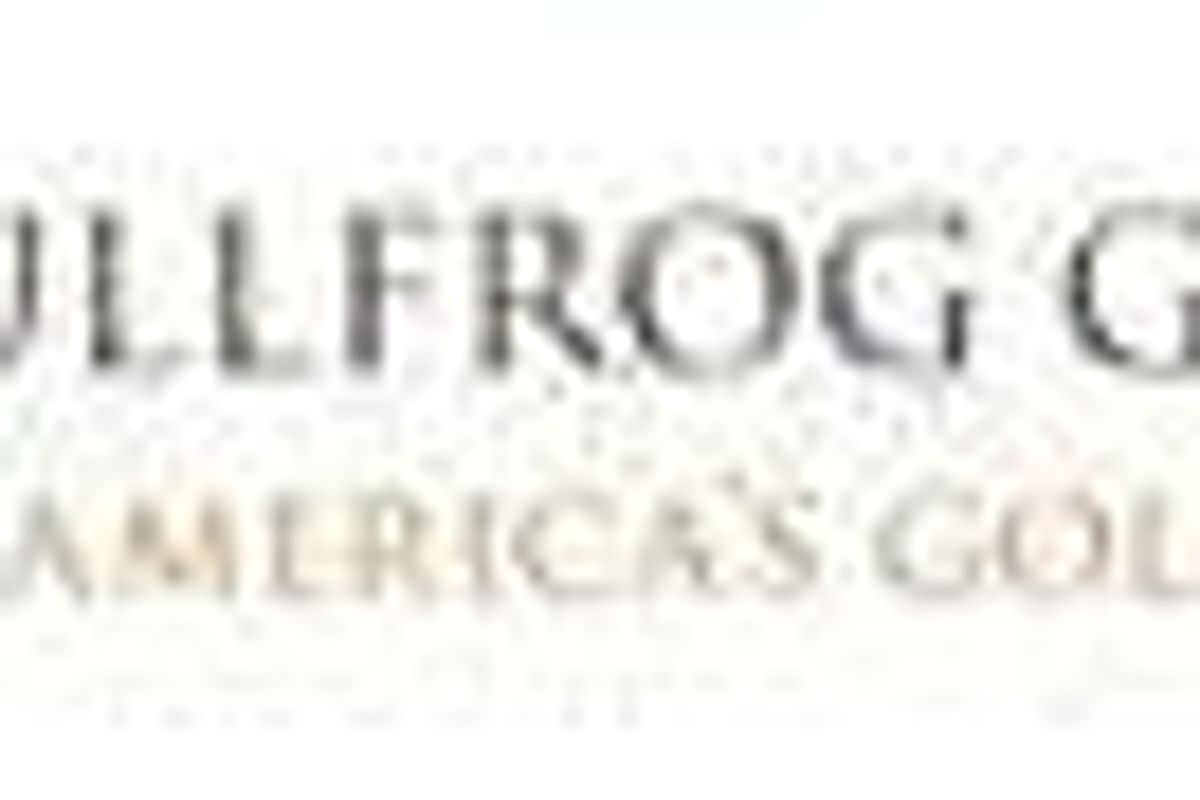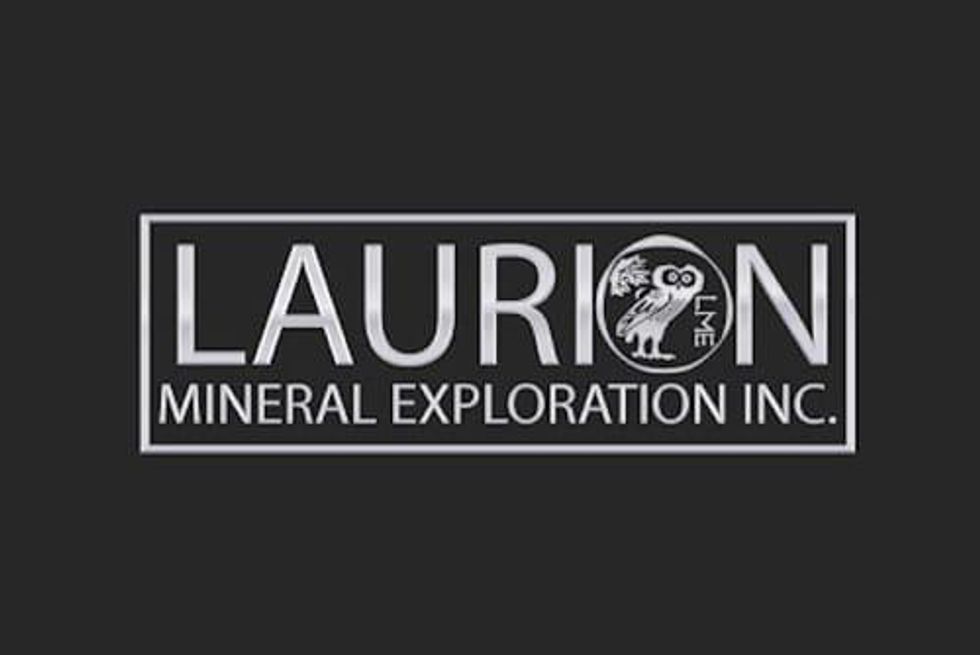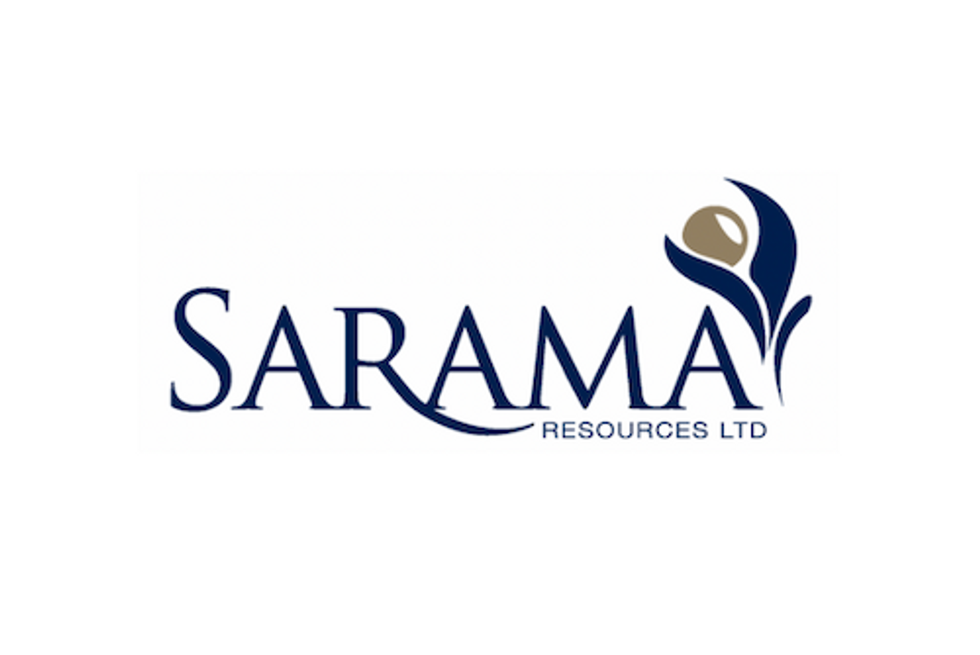Bullfrog Gold’s New Exploration Targets and Leach Test Results at its Nevada Project

Bullfrog Gold Corp (OTCQB:BFGC)(“BFGC”or the “Company”) is pleased to announce new exploration targets with related claim staking, increased gold recoveries from leach tests and the submittal of an environmental permit application at its Bullfrog Project (Project).
Bullfrog Gold Corp. (OTCQB:BFGC)(“BFGC”or the “Company”) is pleased to announce new exploration targets with related claim staking, increased gold recoveries from leach tests and the submittal of an environmental permit application at its Bullfrog Project (Project). The Company controls the commanding land and resource positions in the Bullfrog mine area, which is 120 miles NW of Las Vegas and 4 miles west of Beatty, Nevada.
This Project is situated in one of the most exciting gold exploration areas in North America, as evidenced by significant drilling activity during the past few years and Coeur Mining’s US $90 million acquisition on August 2, 2018 of Northern Empire Resources, a company whose NW land boundary is 2 miles east of Project lands. In 2017 AngloGold Ashanti acquired a land position 4 miles east of the Project and recently staked 227 claims adjacent to BFGC’s land position. Corvus Gold continues to explore its North Bullfrog and Mother Lode Projects in the Beatty area and recently staked several additional claims 2.5 miles east of BFGC’s land position.
New Exploration Targets & Claim Staking
East Exploration Targets
The Company has evaluated several thousand surface samples collected throughout the Bullfrog area and identified three new exploration targets that have similar host rocks and structures as the 2-million ounce Bullfrog deposit. These targets are one mile east of the Bullfrog Pit and contain gold on the surface up to 1 g/t, thereby documenting that a gold bearing system(s) is present in these target areas. These targets are in a corridor approximately 500 meters wide and 1,700 meters along strike that contains no interior drilling. The six closest holes to the east are in the footwall and the six closest holes to the west are in the hanging wall of structures that may possibly contain significant mineralization. Six additional mining claims were recently staked to cover the southern part of this prospective mineral zone.
Deep Exploration Targets
In addition to expanding resources in the Bullfrog and Montgomery-Shoshone pits and surrounding areas, further study of the 155 miles of drill data has identified several deep targets. Four holes averaging 2,000 feet deep were drilled in the bottom of the Bullfrog pit during 1996 and intersected multi-gram gold mineralization in the pre-Cambrian meta sedimentary rocks. These meta-sediments host several deposits a few miles east and west of the Bullfrog area and are pervasive at depth on Company controlled lands. As a result, 17 additional mining claims were recently staked adjacent to the Company’s land position, which now totals 4,790 acres. Six holes previously drilled on these new claims intersected significant mineralization in this deep host zone.
Metallurgical Testing
In early 2018 the Company collected 1,800 pounds of sample from two random locations in the north Bullfrog pit for initial scoping tests at McClelland Laboratories of Reno, Nevada using high pressure grinding rolls (HPGR’s). HPGR’s as the third stage of size reduction produce many more micro-fractures and a much finer size than conventional cone crushers, thereby increasing and accelerating gold and silver recoveries. However, test data revealed that this initial bulk sample represents a brecciated vein ore type that comprises less than 10% of Project resources, rather than the upper and lower stockworks that represent more than 90% of Project resources.
Notwithstanding, the HPGR column test recovered much more gold than the conventionally crushed sample of this brecciated vein ore type. Subject to additional sampling and testing, a HPGR leach feed is anticipated to further increase the 75.9% gold recovery achieved from coarser, cone-crushed stockwork mineralization that was tested in 1994. In this regard, the stockwork mineralization is composed of brittle rhyolite and silica welded tuff units that were fracture filled with mineralization and are therefore particularly receptive to improved leaching from a fine, multi-fractured HPGR product.
Bottle Roll Leach Tests
Gold and silver recoveries from the HPGR bottle roll test sized at -1.7 mm or -1/8” were respectively 11.2% and 20.5% greater than the coarser simulated cone crushed test sized at 9.5 mm or -3/8”. A third bottle roll test recovered 87% on a split of this sample sized at 0.15 mm (or -100 mesh) to compare with the 26 million tonnes milled at this same size during 1989-1999 and the test completed on the brecciated ore type in 1994. All bottle roll tests were leached for 96 hours.
Bottle Roll Tests
| Feed | Au | gAu/mt ore | Ag | gAg/mt ore | Reagents kg/mt | ||||||||||||||||||||||||
| Crush | Size, | Rec. | Calc. | Head | Rec. | Calc | Head | NaCN | Lime | ||||||||||||||||||||
| Type | mm | % | Extract. | Tail | Head | Assay | % | Extract. | Tail | Head | Assay | Cons. | Added | ||||||||||||||||
| Cone | 80% -9.5 | 58.8 | 0.47 | 0.33 | 0.80 | 0.97 | 11.1 | 0.2 | 1.6 | 1.8 | 2.3 | <0.07 | 0.8 | ||||||||||||||||
| HPGR | 80% -1.7 | 70.0 | 0.63 | 0.27 | 0.90 | 0.97 | 31.6 | 0.6 | 1.3 | 1.9 | 2.3 | 0.10 | 1.3 | ||||||||||||||||
| HPGR Improvement | +11.2 | +20.5 | |||||||||||||||||||||||||||
| Cone | 87% -0.15 | 89.0 | 0.89 | 0.11 | 1.00 | 0.97 | 55 | 1.1 | 0.9 | 2 | 2.3 | <0.07 | 2.0 | ||||||||||||||||
Column Leach Tests
Leach tests were then performed on splits of the same 2018 composites using columns that were 5-7/8 inches in diameter and filled to approximately 9 feet high with 70 to 76 kg of sample. Both columns were leached for 51 days with 33 intermittent days of resting. Remarkably, respective HPGR gold and silver recoveries were 19.2% and 14.7% greater than the simulated coarser cone crushed column test. For reference, the sample weights placed in the columns were 70 to 76 times greater than the customary 1 kg sample weights used in the bottle rolls. As expected from previous operations and tests, all bottle roll and column tests had very low reagent requirements.
Column Leach Tests
| Feed | Au | Gold g/mt ore | Ag | Silver g/mt ore | NaCN | Lime | ||||||||
| Crush | Size, | Rec. | Calc. | Avg Hd | Rec. | Calc. | Avg Hd | Cons, | Added, | |||||
| Type | mm | % | Extract | Tail | Head | Assay | % | Extract | Tail | Head | Assay | kg/mt | kg/mt | |
| Cone | 80%-9.5 | 58.2 | 0.46 | 0.33 | 0.79 | 0.88 | 9.1 | 0.2 | 2.0 | 2.2 | 2.0 | 0.78 | 0.6 | |
| HPGR | 80%-1.7 | 77.4 | 0.65 | 0.19 | 0.84 | 0.88 | 23.8 | 0.5 | 1.6 | 2.1 | 2.0 | 0.78 | 1.0 | |
| HPGR Improvement | +19.2 | +14.7 | ||||||||||||
Discussion and Analysis of Test Programs
Column leach tests completed in 1994 achieved a gold recovery of 75.9% on 40 kg of representative stockworks averaging 0.99 g/t that were conventionally crushed to -3/8”. An 800-ton pilot heap leach test in 1995 recovered 67% on stockworks averaging 0.65 g/t and conventionally crushed to -1/2”; however, this test would likely have recovered near the 75.9% from the 1994 columns had the heap been crushed to -3/8”, leached longer than 41 days and if reported solution distribution issues did not occur. Company management believes a finer, more fractured product from HPGR’s may recover 80% or perhaps up to 85% of the gold from stockwork type mineralization. However it is cautioned that additional sampling and HPGR test work are needed to quantify and document such anticipated improvements.
A sample of the brecciated vein ore type that averaged 11.1 g/t was also column leached in 1994 and recovered 52.5% of the gold at a nominal crush size of -5/16”. A bottle roll test on a split of this sample sized at -100 mesh recovered 94.5%. Both the brecciated vein and stockworks get good gold recoveries from a fine milling size, but the brecciated vein recovers less than 60% from conventionally crushed and coarser heap leach feed sizes. Test data shows that 88% of the gold in the much lower grade 2018 bulk sample came from the same brecciated vein ore type tested in 1994 and only 12% of the gold came from the low grade stock work mineralization. However, the HPGR column test remarkably recovered 77.4%, or 19.2% more than the 2018 conventionally crushed column test, and 24.9% more than the same but higher grade ore type tested in 1994.
Environmental Permitting
On May 4, 2018 the Company submitted a permit application to the Nevada Bureau of Mining Regulation and Reclamation. This permit covers all foreseeable exploration and development activities on patented lands during a pre-construction period of approximately 2.5 years.
The Company is also preparing a Plan of Operations to be submitted to the US Bureau of Land Management to cover all foreseeable activities on unpatented mining claims during the pre-construction period.
About Bullfrog Gold Corp.
Bullfrog Gold Corp. is a Delaware corporation that controls the Bullfrog Gold Project through two wholly-owned subsidiaries. Barrick produced 2.3 million ounces of gold, mainly on Project lands from 1989 into early 1999. The Company’s data base includes 155 miles of drilling in the Bullfrog area. Project lands have significant exploration potential plus 525,000 ounces of heap leachable resources averaging 1.02 g/t, as estimated in mid-2017 using NI 43-101 standards by an independent engineering firm. Further information on the Company and maps of its expanded land position and charts of heap leach test results are shown on the corporate presentation posted on our website www.bullfroggold.com.
Cautionary Note Regarding Forward Looking Statements
This press release may contain certain “Forward-Looking Statements” within the meaning of Section 27A of the Securities Act of 1933, as amended, and Section 21E of the United States Securities Exchange Act of 1934, as amended. All statements, other than statements of historical fact, included herein including those with respect to the objectives, plans and strategies of the Company and those preceded by or that include the words “believes,” “expects,” “given,” “targets,” “intends,” “anticipates,” “plans,” “projects,” “forecasts” or similar expressions, are forward-looking statements that involve various risks and uncertainties. We use certain terms in this valuation such as “mineralization” and “mineral inventory estimates” that are not defined in Canadian National Instrument 43-101; or recognized under the U.S. SEC Industry Guide 7. The Company is presently an exploration stage company. Exploration is highly speculative in nature, involves many risks, requires substantial expenditures and may not result in the discovery of sufficient mineral deposits that can be mined profitably. Furthermore, the Company currently has no resources or reserves on any of its properties. As a result, there can be no assurance that such forward-looking statements will prove to be accurate, and actual results and future events could differ materially from those anticipated in such statements. Additional information regarding important factors that could cause actual results to differ materially from the Company’s expectations is disclosed in the Company’s documents filed from time to time with the United States Securities & Exchange Commission. Investors are urged to consider closely the disclosures in our Form 10-K and other SEC filings, which can be obtained from the SEC’s website at https:www.sec.gov/edgar.shtml, or sourced through www.bullfroggold.com.
Contact Information: David Beling, PE, President, CEO & Director, (970) 628-1670, www.bullfroggold.com
Click here to connect with Bullfrog Gold Corp. (OTCQB:BFGC) for an Investor Presentation.
Source: globenewswire.com





